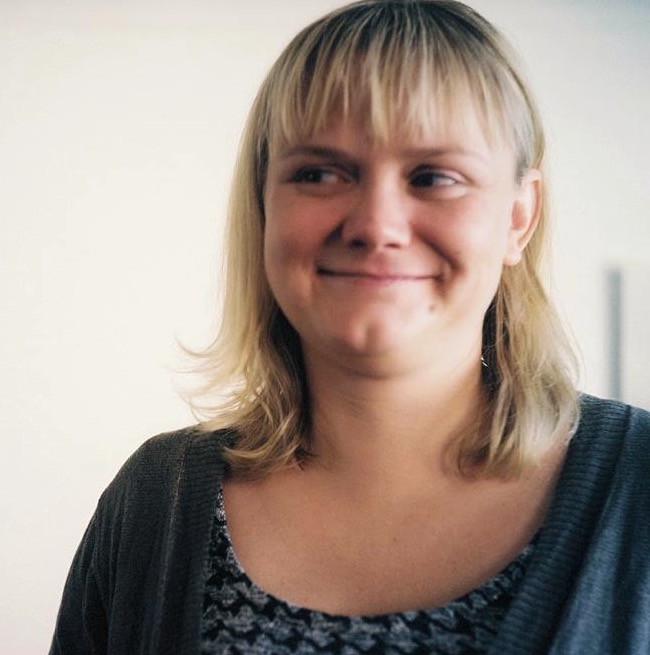With their tendency to be frozen in time, seaside hamlets often have a somewhat surreal atmosphere. Nowhere more so than La Grande Motte, the ambitious resort built on the south coast of France in the 1960s. In 2010 it was declared a cultural heritage site, and since 2013, a series of collaborations with artists and designers has been breathing new life into the retro playground.
Most recently, it was the turn of 5.5 designstudio. Known for turning the mundane into the idiosyncratic, the Paris-based studio has produced a beach accessory range that could be straight out of a Wes Anderson flick.

The bold colours and geometric forms were inspired by the distinctive architecture of La Grande Motte. Philosopher-turned-architect Jean Balladur dedicated some 20 years of his life to the realisation of this leisure utopia. His repeated use of truncated pyramids were inspired by his travels in South America, while Oscar Niemeyer’s city of Brasilia influenced Balladur’s sensitivity for feminine curves.
 Symbolic, spiritual, humanist and universal, La Grande Motte was intended for the growing French middle class and announced 'the civilization of leisure'. Giving this town with no history or legacy a narrative, Balladur commissioned numerous public works by sculptors and artists.
Symbolic, spiritual, humanist and universal, La Grande Motte was intended for the growing French middle class and announced 'the civilization of leisure'. Giving this town with no history or legacy a narrative, Balladur commissioned numerous public works by sculptors and artists.

 Because La Grande Motte was envisioned as a leisure utopia for the masses, 5.5 also sought democratic design objects. This led them to the most iconic seaside objects: umbrellas, towels, beach buckets, loungers etc. They explain:
Because La Grande Motte was envisioned as a leisure utopia for the masses, 5.5 also sought democratic design objects. This led them to the most iconic seaside objects: umbrellas, towels, beach buckets, loungers etc. They explain:
Starting from the triangles, truncated circles and trapezes that create the kinetic effect of Balladur’s buildings, 5.5 linked these with the beach objects. The objects bring the architectural forms to the beach in a delightfully playful way. Beach time!
Most recently, it was the turn of 5.5 designstudio. Known for turning the mundane into the idiosyncratic, the Paris-based studio has produced a beach accessory range that could be straight out of a Wes Anderson flick.

The small painted metal tables that can be planted directly into the sand.
Photo: Jules Langeard, La Grande Motte
Holidays for all
The bold colours and geometric forms were inspired by the distinctive architecture of La Grande Motte. Philosopher-turned-architect Jean Balladur dedicated some 20 years of his life to the realisation of this leisure utopia. His repeated use of truncated pyramids were inspired by his travels in South America, while Oscar Niemeyer’s city of Brasilia influenced Balladur’s sensitivity for feminine curves.

The foam beach mattress was derived from the bishop's cap that inspired the Poseidon building. Photo: Jules Langeard, La Grande Motte
Reinventing the beach

The graphic shapes of this duo of towels is based on the Provence building. Photo: Jules Langeard, La Grande Motte

Facade of the Provence building at La Motte.
“The utopian project of La Grande Motte corresponds exactly with how we seek to invent the world of tomorrow: to create objects that question, or at least, intrigue. Not because they are strange and out of step with the cannons of beauty, but because they propose new ways of living in the world.”
Starting from the triangles, truncated circles and trapezes that create the kinetic effect of Balladur’s buildings, 5.5 linked these with the beach objects. The objects bring the architectural forms to the beach in a delightfully playful way. Beach time!
 Vincent Baranger,
Jean-Sébastien Blanc, Anthony Lebossé and Claire Renard of 5.5 designstudio. Photo: Jules Langeard, La Grande Motte
Vincent Baranger,
Jean-Sébastien Blanc, Anthony Lebossé and Claire Renard of 5.5 designstudio. Photo: Jules Langeard, La Grande Motte
 Better than sand castles, this bucket allows children to play apprentice architects. Photo: Jules Langeard, La Grande Motte
Better than sand castles, this bucket allows children to play apprentice architects. Photo: Jules Langeard, La Grande Motte
 The shells positioned on the sandcastles humourously suggest the motifs of La Grande Motte’s architecture.
Photo: Jules Langeard, La Grande Motte.
The shells positioned on the sandcastles humourously suggest the motifs of La Grande Motte’s architecture.
Photo: Jules Langeard, La Grande Motte.
 Set on the beach, these parasols resonate with the pyramids of the city.
Photo: Jules Langeard, La Grande Motte
Set on the beach, these parasols resonate with the pyramids of the city.
Photo: Jules Langeard, La Grande Motte

 The perforations also act like the layered facades of the buildings. Photo: Jules Langeard, La Grande Motte
The perforations also act like the layered facades of the buildings. Photo: Jules Langeard, La Grande Motte
 Backrests inspired by the geometry of the Acapulco building. Photo: Jules Langeard, La Grande Motte
Backrests inspired by the geometry of the Acapulco building. Photo: Jules Langeard, La Grande Motte
 The perforations of these shelters cast the silhouettes of the buildings onto the sand. Photo: Jules Langeard, La Grande Motte
The perforations of these shelters cast the silhouettes of the buildings onto the sand. Photo: Jules Langeard, La Grande Motte
 Jean Balladur commissioned numerous public art works. Photo: Jules Langeard, La Grande Motte
Jean Balladur commissioned numerous public art works. Photo: Jules Langeard, La Grande Motte

 Building facade shoes Oscar Oscar Niemeyer’s influence on Jean Balladur. Photo: Jules Langeard, La Grande Motte
Building facade shoes Oscar Oscar Niemeyer’s influence on Jean Balladur. Photo: Jules Langeard, La Grande Motte


